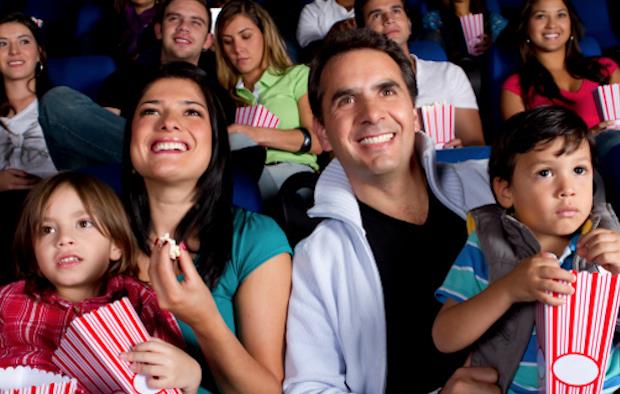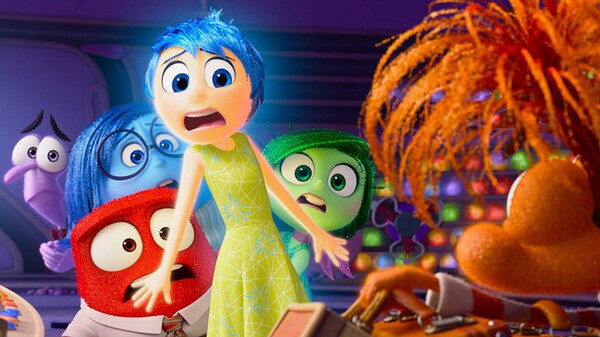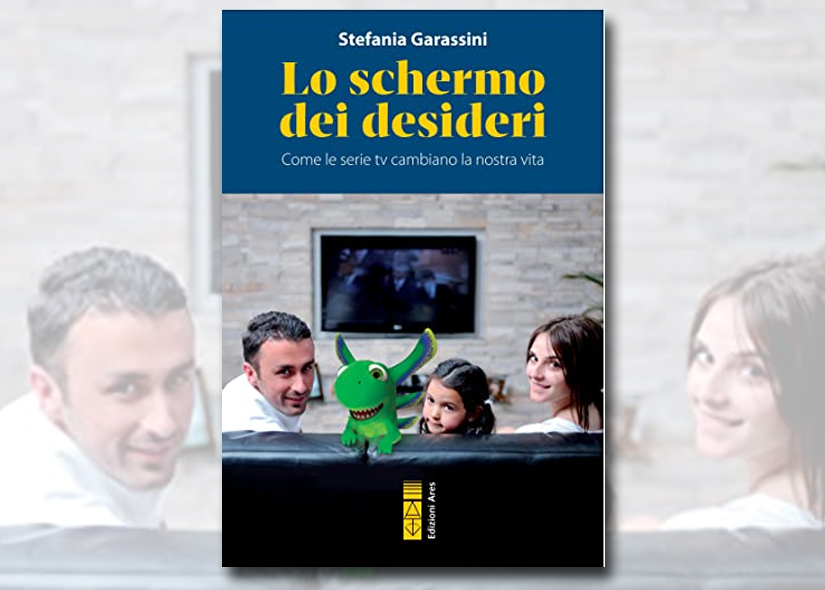Macabre fascination. Why do we love horror movies so much?
Halloween is over. Nevertheless, apart of this occasion when playful horror
is even good business, the horror has become omnipresent. Considering the
countless number of movies, TV series -not to mention the video games- we
can see the increasing number of people, especially teenagers, who are more
and more attracted to horror works and “consume” them.
What attracts us in horror films?
When a horror movie reaches its most dramatic scenes, most people get
tense, maybe someone starts to sweat. Yet those who choose to watch those
scenes say they do so to ‘have fun’, and because ‘it’s nice’.
But if the horror movie presents the fear and feelings of disgust and
repulsion of the subject, how can people like it?
In general, people tend to avoid what is unpleasant, and even more what is
repulsive. So are we dealing with a paradox? Why is the public attracted,
and enjoys voluntarily exposing to something that causes anxiety? Noel
Carroll in his text The Philosophy of Horror or Paradoxes of the Heart, proposes a
reflection starting from the same question. According to Carroll, there is a ‘cognitive pleasure’ in dealing safely with the unknown
and the aberrant, which exerts its charm when it is not dangerous. Therefore, the
essential condition to enjoy it in a ‘pleasant’ way is to have the absolute
perception of the distance and the difference between fiction and reality.
It would be improper to consider the deformed and the ugly absolutely
contrary to the pleasure of vision. In fact, applying the Aristotelian view
of art and mimesis in drama, to a different context, like corpses or
monsters, there is some kind of pleasure at watching them fictionally, some
inner catharsis in the watcher.
It is in this way that the ugly, from the eighteenth century ( Gothic novel), has become expressive, has got (acquired?) almost
an aesthetic value. The ugly is no longer in contrast with the
beautiful. According to this interpretation the ugly would have in common
with the beautiful a sort of inner pleasure that acts in proportion to the
distance that the fiction interposes between viewer and representation,
that is able to exercise a certain catharsis. Among the reasons for
choosing this genre, many refer to the power to exorcise fear in a way they
no longer perceive its effects and influence. In essence, they prefer it
because they are no longer afraid of being afraid.
But is it really useful to remove the deep-seated reasons for fear? If
horrors no longer frighten us, and we get used to perceiving our own body
‘detached’ from our own and the others’ anxieties, free from the pain and
horror of blood, wounds, beheadings, etc., what does the body become?
The representations of the deformed, the decay, the scarred or covered with
blood faces, are chosen and preferred because they realize a sort of
materialization of the hidden, of the taboo, in an attempt to get rid of
it, but actually, breaking the idea of purity, they end up sacrificing the
very idea of the body, understood as unity and synthesis, reducing it to a
mere composition of parts. Doesn’t it mean emptying the body of all its
essence?
Horror films in the history of cinema
Some horror films have become important pillars of the history of cinema,
starting with Shining, Paranormal activity, just to name
a few; films that at their release brought a real sense of terror into the
lives of many spectators for a long time. Although these films are a source
of pleasure when one sees them, over time their memory becomes disturbing,
at least according to studies carried out a few years ago. Stuart Fischoff,
a professor at the University of Psychology in Los Angeles, has pointed out
in his studies that horror films are stimulating, but that they can often
lead to a nervous and unstable state that, apart of catharsis and the
liberating scope of anguish and fear, remains in some people in the form of
bad, persistent memories.
Horror and young people
Today, the biggest consumers of horror are mainly young people, and there
is a growing passion for the genre among children too. What are the
consequences?
The first studies on the effects that certain images and scenes can have on
childhood date to the mid 1900s. In the 1950s the question of the emotional
impact of certain behaviours on children was already very clear. Albert
Bandura introduced the theory of social learning to talk for the first time
about the interaction between the child’s mind and its environment and how
much children learn through observation and imitation and the social
environment. Bandura studied, in particular, the reaction to exposure to
violent and aggressive behaviour.
The results of his research pointed out
that most children exposed to the aggressive pattern were more likely
to behave aggressively
than children who had not witnessed such behaviour. The incidence was even
higher in cases where the aggressive and violent behaviour had some sort of
positive reinforcement, which somehow proved to be the winning model.
So, a child may watch a horror movie, and if he does, what happens?
Very young kids of 10 or 11 years old are attracted by this genre and they
are looking for strong emotions, so many of them like that feeling of fear
and fright. They also use the vision of horror scenes to test themselves,
almost as if it was a sort of test to measure courage and endurance. They
are fascinated by the suspense, the mystery, but often they are exposed to
scenes of extreme aggression and violence, cruel and terrible in which it
is often the macabre that wins. All this can lead to generate anxiety and
difficulty, anguish, especially when you are not able to draw a clear
separation between fiction and reality; and also, according to Bandura, it
may lead to imitation, or at least a possible tendency to do so.
For this reason, the parents and adults are invited to consider the
emotional impact of some images and scenes, and then, to propose themselves
as mediators in the fruition of certain contents. It may not serve to avoid
all the consequences, but it will help to create an opportunity sharing and
discussing, and even to look for alternatives in the searching of new
emotions.















